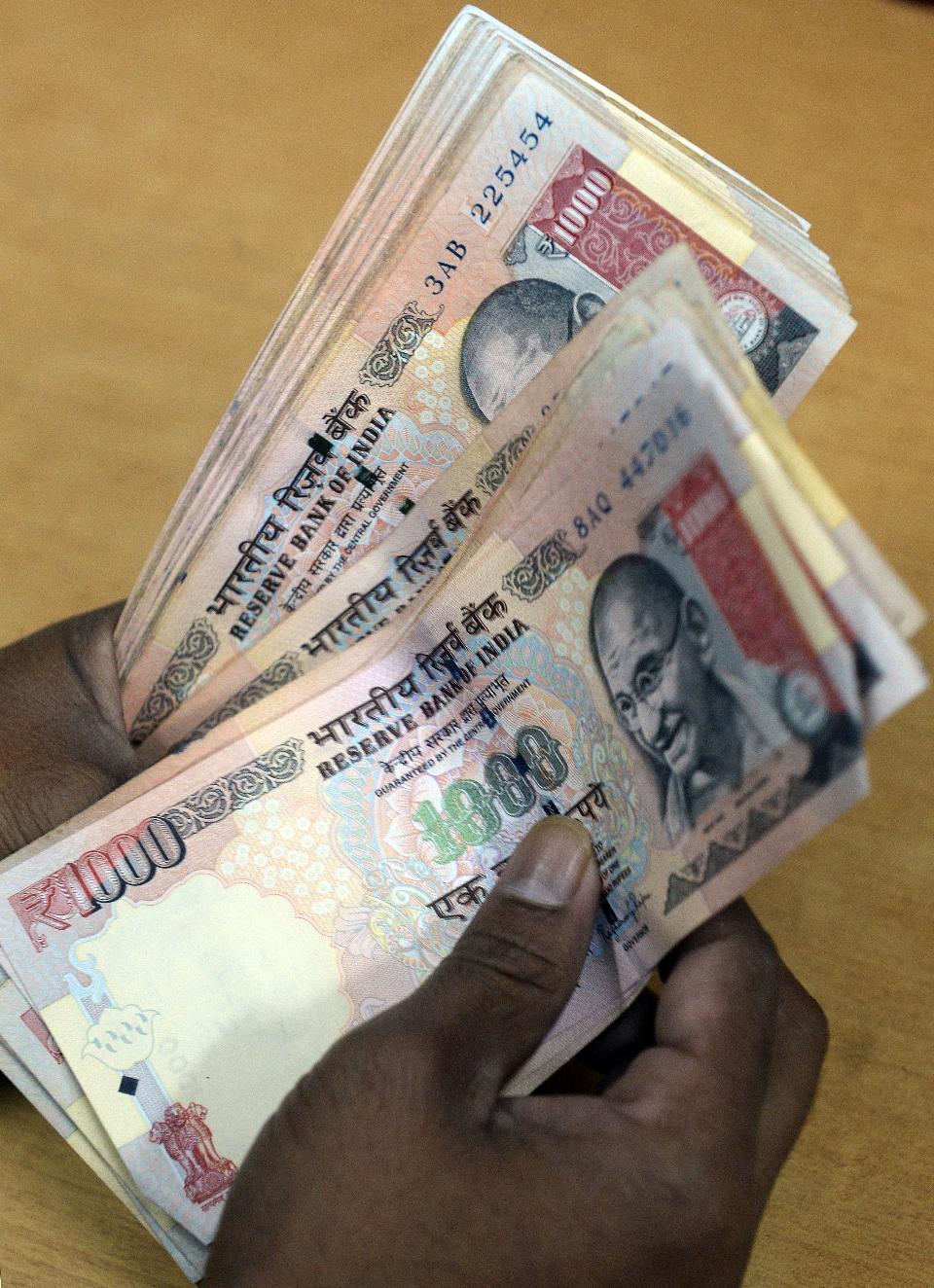
Why Fintech Is Different In Asia
The global fintech sector startup sector has received investments totaling $19 billion in 2015. According to CB Insights and a fintech report published by Citi, this is a tenfold increase from five years ago. Over 6,000 startups worldwide play in the various categories of the fintech market, from robo advisors and block chain solutions to payments apps and mobile wallets. New York, London and cities across Asia are vying for the title of fintech capital of the world. The fintech ecosystem is unquestionably active, eclipsing other startup sectors as it continues to grow.
While most startup sectors have historically been dominated by the western world, particularly Silicon Valley, the fintech boom of the last five years has had a very different geographic footprint and a very broad set of stakeholders. In the case of fintech, particularly consumer focused services, Asia’s market dynamics and diverse population create a different set of opportunities and challenges than those faced by U.S. fintech entrepreneurs. Here are four factors that make Asia’s fintech landscape different:
Geographic Fragmentation. Asia while easy to speak about as one large population, has more than 20 countries, each with their own economies, currencies and regulatory bodies. Aside from Indonesia, China and India, founders from the other nations in Asia have an inherently small market within their own country, so they must look outside their borders. While initially this poses a tough set of hurdles in terms of obtaining licenses and approvals to do business in each new country, it is also an effective weeding out process. Social trading startup, ShereIt’s founder Amar Banwait notes, “As a founder, you need to do your homework and speak to firms in the new country to get all the relevant information and price quotes before you move and setup shop.” Entrepreneurs who make it past these gates are battle tested. They understand the importance of product design that can function in diverse markets. They know that partnerships can make or break their market entry. They have practice in hiring and managing new employees outside their comfort zone. These founders have the potential to take on larger markets with much greater ease.
Growing Consumer Class. As Asian economies emerge and develop, a growing middle class populations is consuming more. Alibaba, Flipkart,Tencent, Lazada and Snapdeal are some of the largest e-commerce players in Asia. While the U.S. has had Amazon and others since the mid nineties, e-commerce in Asia is still a very young sector. That coupled with low credit card penetration in Asia ranging anywhere from 2% to over 50% depending on the country, e-commerce retailers themselves are innovating payment tools which allow consumers to pay directly from their bank accounts, mobile accounts or offline. As Markus Gnirck, Founder and Managing Partner of Tryb points out, “Fintech is many times enabled by e-commerce in emerging markets. It could mean that consumer finance will be dominated by e-commerce platforms that already have existing distribution channels.”
Unbanked Populations. According to The World Bank, 2 billion people around the world are un-banked. Slightly over 50% of them are in Asia, particularly India. The un-banked don’t have bank accounts for many reasons including not having enough money, living in rural areas where cash payments are the norm and lack of trust in banks. In India, the government’s UIDAI is in the process of registering all Indians and proving them with an ‘Aadhaar’ number, a unique 12 digit number which can be used as proof of identity, to facilitate payments and to comply with KYC regulations. The program is the largest biometric database in the world and may prove to be a game changing project for fintech and financial inclusion.





